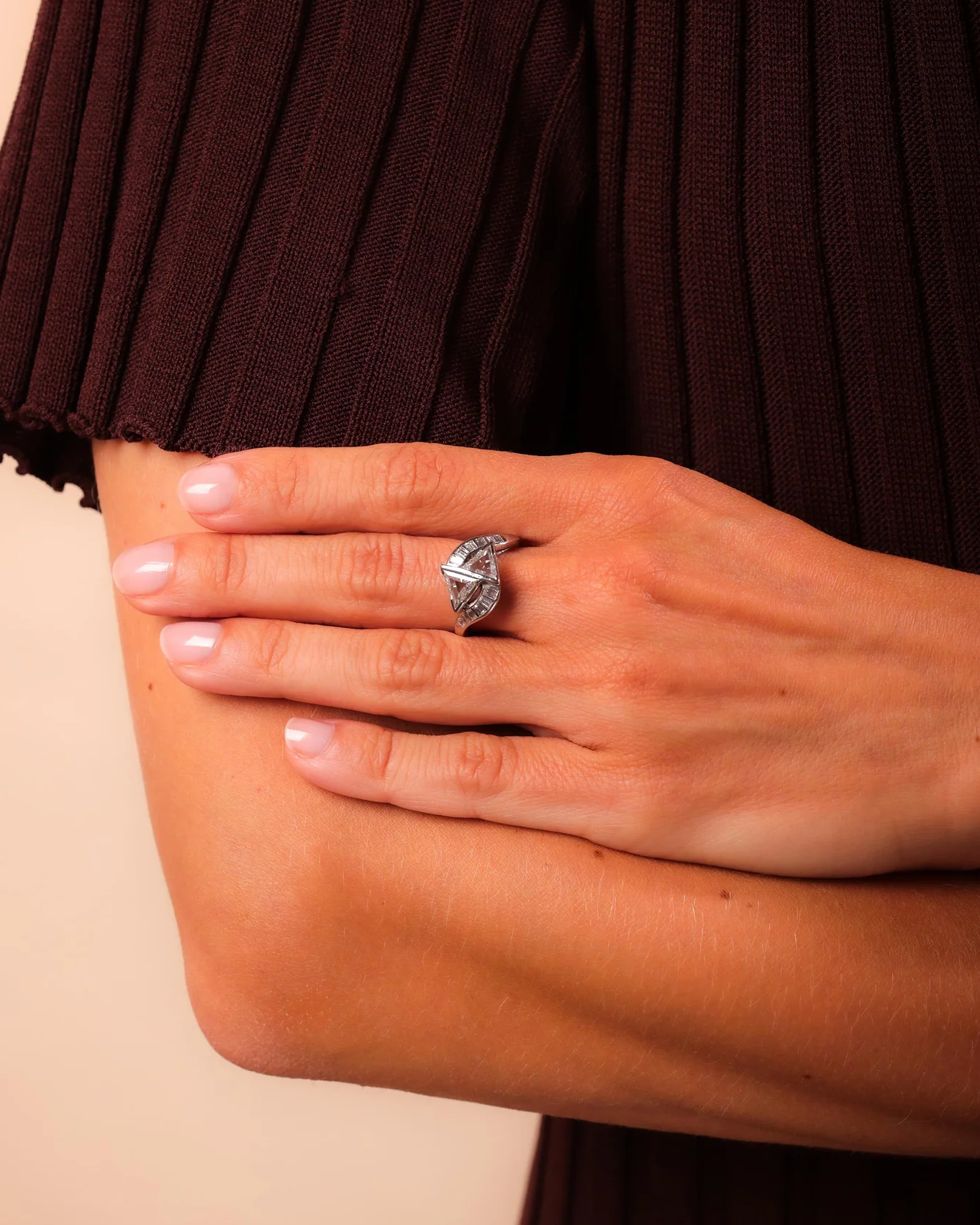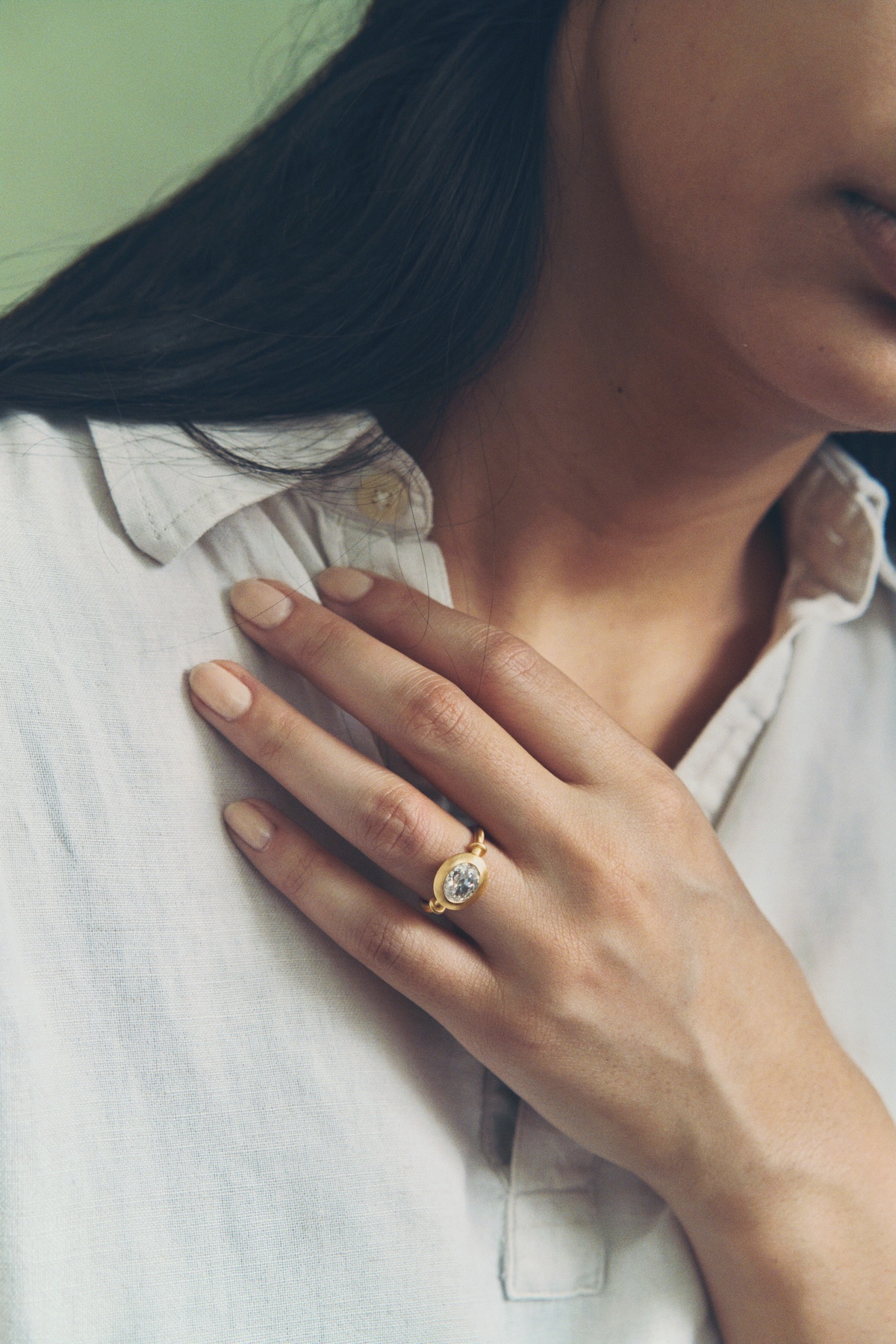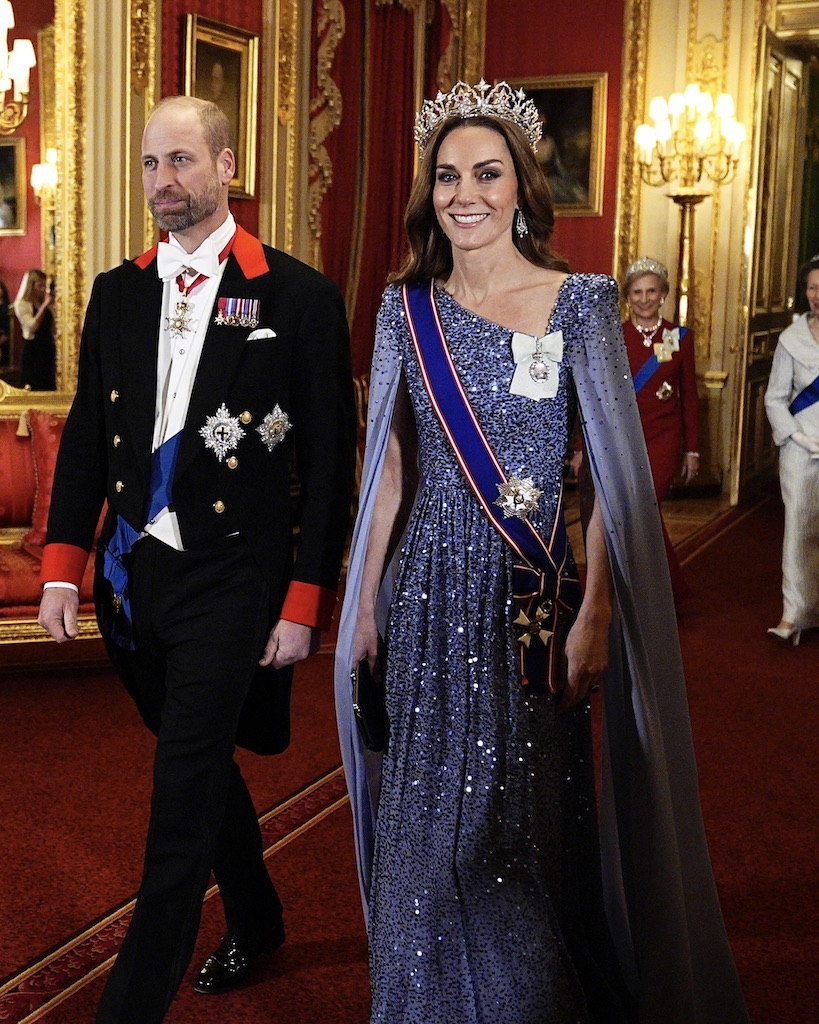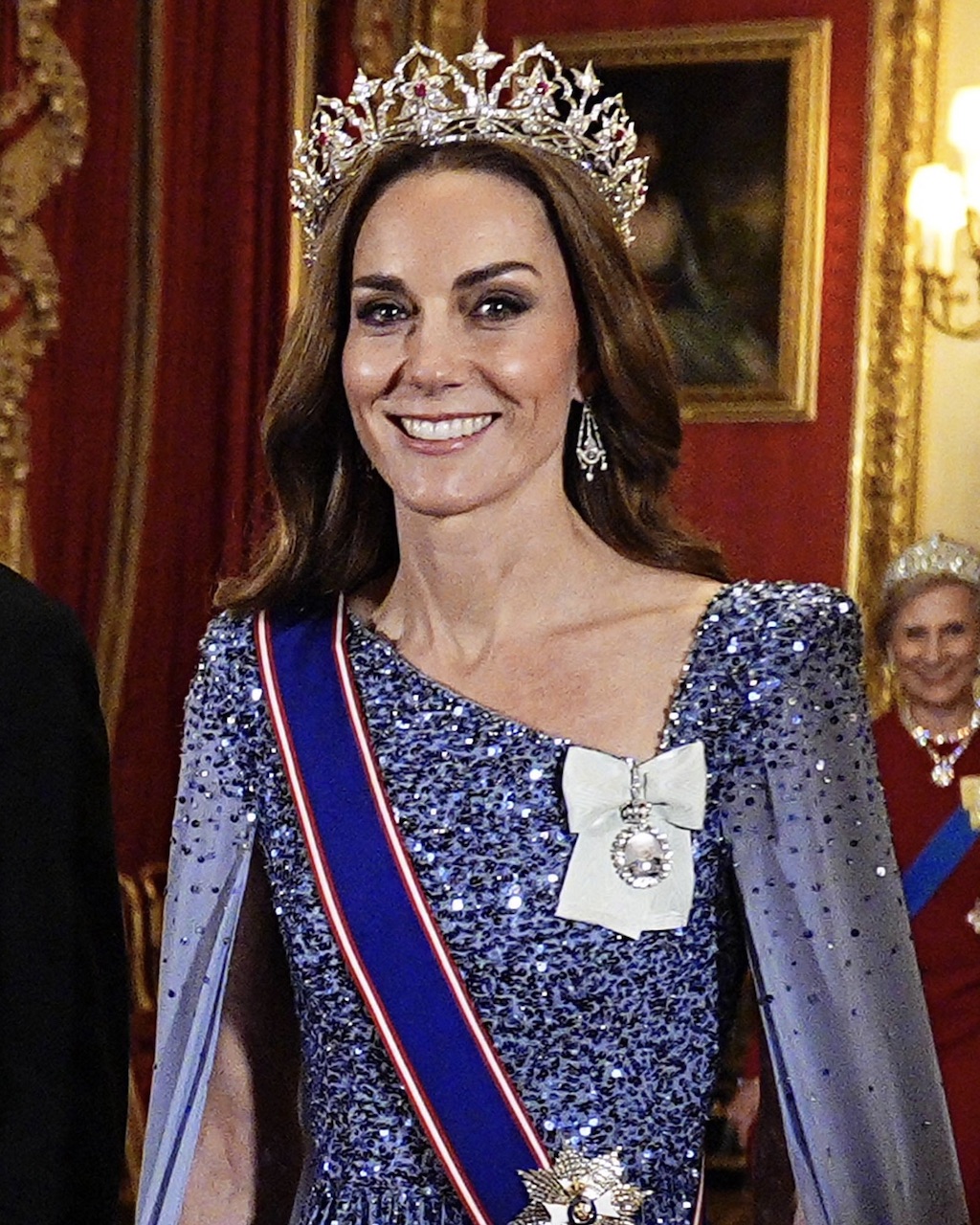< Historic Diamonds / Famous Diamonds
A Comprehensive History of Legendary Jewelry House, Tiffany & Co.
Take a look back on the craftsmanship, artistry, and sparkling history that makes Tiffany & Co. one of the most enduring jewelers of all time.
Published: November 14, 2025
Written by: Hannah Militano

At 188 years young, Tiffany & Co. remains at the top of its game. Established in 1877 by Charles Lewis Tiffany, the jeweler remains among the most aspirational brands in American history. Responsible for some of the most impressive jewels in the world, like the Tiffany Diamond and the Empire Diamond, Tiffany & Co. continues to defy expectations, with pure artisty and craftsmanship as its driving force.
Meet the Experts
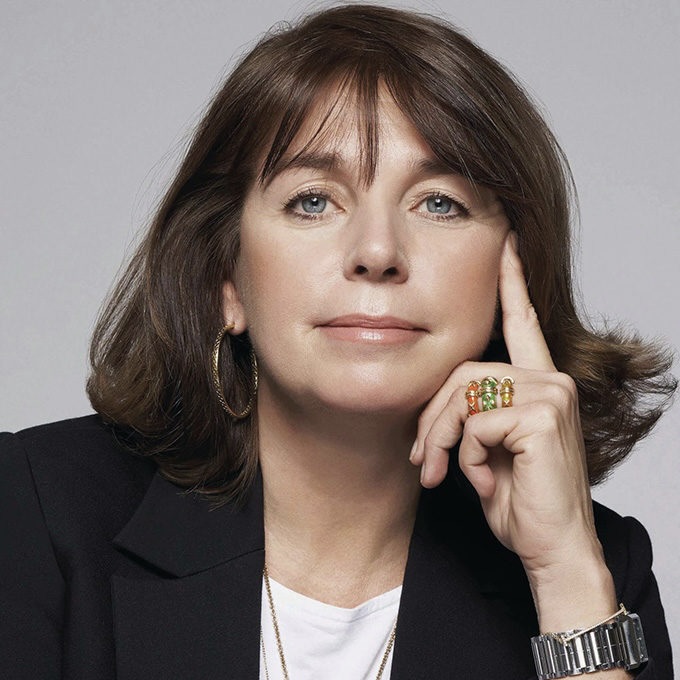
Victoria Wirth Reynolds was appointed the Chief Gemologist of Tiffany & Co. in 2020 as the jeweler expanded its diamond traceability program. Reynolds has worked for Tiffany & Co. for over 37 years, with roles including Vice President of High Jewelry. Her experience spans diamond grading, custom designs, business sales, marketing high jewelry, and more.

Anthony Ledru is the President and Chief Executive Officer of Tiffany & Co., a role he assumed in January 2021. He brings decades of experience in luxury retail, having held senior leadership roles at Louis Vuitton and LVMH.
Here, Only Natural Diamonds looks back on the titillating history of Tiffany & Co.
Who Was Charles Lewis Tiffany?

Charles Lewis Tiffany (1812–1902) was a visionary entrepreneur with a passion for chasing down the rarest and most exceptional gemstones in the world. Setting the standard for luxury jewels, Mr. Tiffany opened Tiffany & Co. as a fancy goods and stationery store in New York City in 1837.
After he acquired one of the most celebrated gemstones in the world, the 128.54-carat cushion-cut Fancy Yellow Tiffany Diamond in 1877, Charles Lewis Tiffany was crowned “The King of Diamonds.” Shortly after, Tiffany purchased the French Crown Jewels in 1887, marking the debut appearance of major, historic gemstones in America. The legendary acquisition proved that he lived up to the renowned moniker.
188 years later, the Tiffany & Co. brand continues to soar, upholding his legacy and living up to the name.
In 1877, the Tiffany Diamond Was Discovered and Made a King

The Tiffany diamond is chief among some of the largest and finest Fancy yellow diamonds in the world. Seeped in history, the stone has become synonymous with Tiffany & Co. as the diamond that earned Charles Lewis Tiffany his moniker, “The King of Diamonds.”
The 128.54-carat cushion-cut Fancy Yellow diamond is one of the most celebrated gemstones in the world. Discovered in 1877 in the Kimberly mines of South Africa as a 287.42-carat rough diamond, Charles Lewis Tiffany purchased it for approximately $18,000, earning him the nickname, “The King of Diamonds.” At the time, only royalty was known to have owned diamonds this large.
George Frederick Kunz, the firm’s chief gemologist at the time, oversaw the year-long cutting process of the gem. In 1878, the rough diamond was cut in Paris. It was transformed into a 128.54-carat cushion shape brilliant with a whopping 82 facets, revealing the diamond’s extraordinary nature.
Instead of the traditional 58-facet cut for a round diamond, Mr. Tiffany exceeded the custom by 24 facets to assure peak ‘fire’ and radiance – radiant enough to give the diamond his name. Rather than sell it, the Tiffany founder decided to keep the stone for posterity. Remaining an integral part of the Tiffany legacy, the diamond has never been offered for sale, even nearly 150 years later.


Throughout the 19th and early 20th centuries, the diamond traveled the world through global exhibitions as a loose stone, until it was mounted in a lavish white diamond necklace for socialite Mary Whitehouse to wear at the 1957 Tiffany Ball in Newport, Rhode Island, where she became the first person to wear the astounding natural diamond.
Since then, the Tiffany Diamond has been mounted into three other pieces of jewelry, two of which were designed by Tiffany’s famed in-house jeweler Jean Schlumberger. In 1961, Audrey Hepburn began filming Breakfast at Tiffany’s in New York City. In promotional photos for the film, Hepburn wore the 128.54-carat Tiffany Diamond set within the Jean Schlumberger-designed Ribbon Rosette necklace, making her the second woman to ever wear the stone. The great-grandson of Charles Lewis Tiffany, Henry B. Platt, was even photographed adjusting the jewel for Hepburn.
In 1995, the Maison mounted its famed Tiffany yellow diamond into Schlumberger’s unique Bird on a Rock setting. The piece was revealed at the Musée des Arts Décoratifs Jean Schlumberger retrospective in Paris that year, gaining notoriety as it traveled the world on exhibition. Thanks to the diamond’s notoriety, the Bird on a Rock would go on to be one of Tiffany & Co.’s most recognizable motifs to date.



It remained in the setting until 2012, when the diamond was re-set in a necklace featuring over 100 carats of white diamonds in celebration of Tiffany’s 175th Anniversary. Lady Gaga made a splash at the 2019 Oscars when accepting her very first Academy Award for Best Original Song. The cushion-cut canary yellow diamond was released from the Tiffany vault, especially for Lady Gaga. The last time this priceless, 146-year-old gemstone was worn was in 1961 by Hepburn.
Beyoncé became the fourth person and first Black woman to ever wear the celebrated gem in 2021, when she appeared in the Tiffany “About Love” campaign, alongside her husband Jay-Z, emulating Audrey Hepburn’s Breakfast at Tiffany’s costume in a black Givenchy gown with the Tiffany Diamond.
“The Tiffany Diamond is the cornerstone of our House. It embodies our unwavering commitment to pursuing beauty over size,” said Tiffany & Co. Chief Gemologist, Victoria Wirth Reynolds. “When the diamond was discovered, few had witnessed a yellow diamond so remarkable. Today, the Tiffany Diamond remains unrivaled in scintillation and beauty. Its intense sparkle can be seen from far across the room.”
“The latest design to uplift the Tiffany Diamond is a breathtaking homage to the Bird on a Rock. It’s a modern incarnation of a legacy that began in 1995, when the legendary diamond was mounted on Schlumberger’s diamond-encrusted bird,” Reynolds explained. “Rather than a single bird resting on top of the diamond, our designers reimagined the motif to evoke five birds encircling the diamond midair,” said Reynolds. “The new design can be worn as a brooch or a pendant using the innovative clasp on the reverse side of the brooch.”
1886 Marked the Onset of the Iconic Tiffany Setting
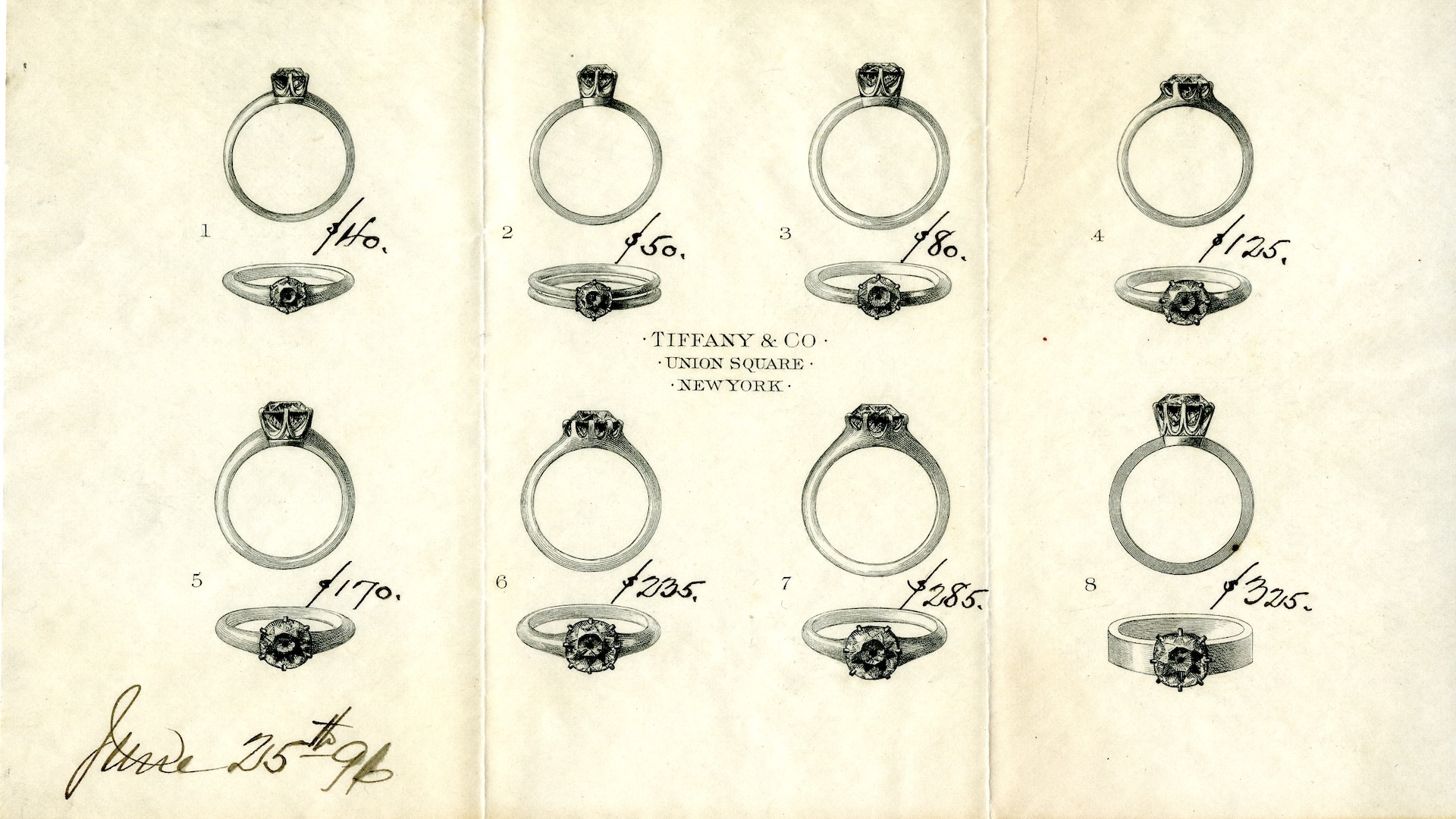
Charles Lewis Tiffany introduced the Tiffany Setting in 1886, redefining the standard of engagement rings as we know it today. Its iconic and innovative silhouette elevates the diamond above the band with a six-prong setting that is essentially hidden. Allowing for the diamond to hover above the band for an elegant floating effect lifts the round brilliant cut diamond into the light for the most incredible shine imaginable.
Expertly engineered by Tiffany’s 4,000 in-house master artisans, the Tiffany Setting has reinvented the classic solitaire ring, featuring a triple excellent cut diamond – the highest grade in the industry.

At the end of the 19th century, heavily embellished rings with ornate designs and gemstones set low against the band were considered en vogue. Mr. Tiffany’s revolutionary vision highlighted the diamond first, and the setting second, for a sleek and impactful design. Going on to offer the ring in various stone sizes and prices, Tiffany’s became the go-to retailer for engagement rings, selling the style at the New York boutique and through mail-order catalogs, complete with sizing guides for maximum impact.
In 1887, Tiffany & Co. Acquired the French Crown Jewels

Charles Lewis Tiffany made headlines when he purchased the French Crown Jewels at a historic public auction held by the French government in 1887. Tiffany & Co. acquired about one-third of the legendary pieces, placing them in Tiffany designs, and sold them to America’s high society, who sought to display their social standing through exceptional jewelry.
From the 1939 World’s Fair Necklace to the Empire Diamond Necklace


In 2021, Tiffany & Co. reached a new milestone with the unveiling of the Empire Diamond Necklace—the most valuable piece of jewelry Tiffany has ever offered for sale. A modern reimagining of a historic Tiffany jewel, the design paid homage to a necklace originally created for the 1939 World’s Fair, where Tiffany introduced a piece that featured 429 diamonds and a 200-carat aquamarine center stone. The original necklace was sold for $28,000 at the time.
In 2021, Tiffany took the original Art Deco silhouette and transformed it into a truly once-in-a-generation masterpiece. The new iteration of the World’s Fair Necklace has been renamed the Empire Diamond Necklace. The aquamarine center stone has been replaced with an 80-carat D-color, internally flawless oval diamond with perfect color and clarity —a gem so extraordinary, it instantly became a part of diamond history as one of the most important white diamonds on the market today.
Paying tribute to the brand’s innate Empire State of mind, Tiffany named the stone in honor of its New York roots. Set in platinum, the Empire Diamond Necklace features 578 diamonds in total, including 353 round brilliant stones and 224 custom-cut baguettes, all arranged in a perfectly balanced Art Deco-style that nods to Tiffany’s historic design DNA.
Jewelry Designers That Have Shaped the Tiffany & Co. Brand
Jean Schlumberger
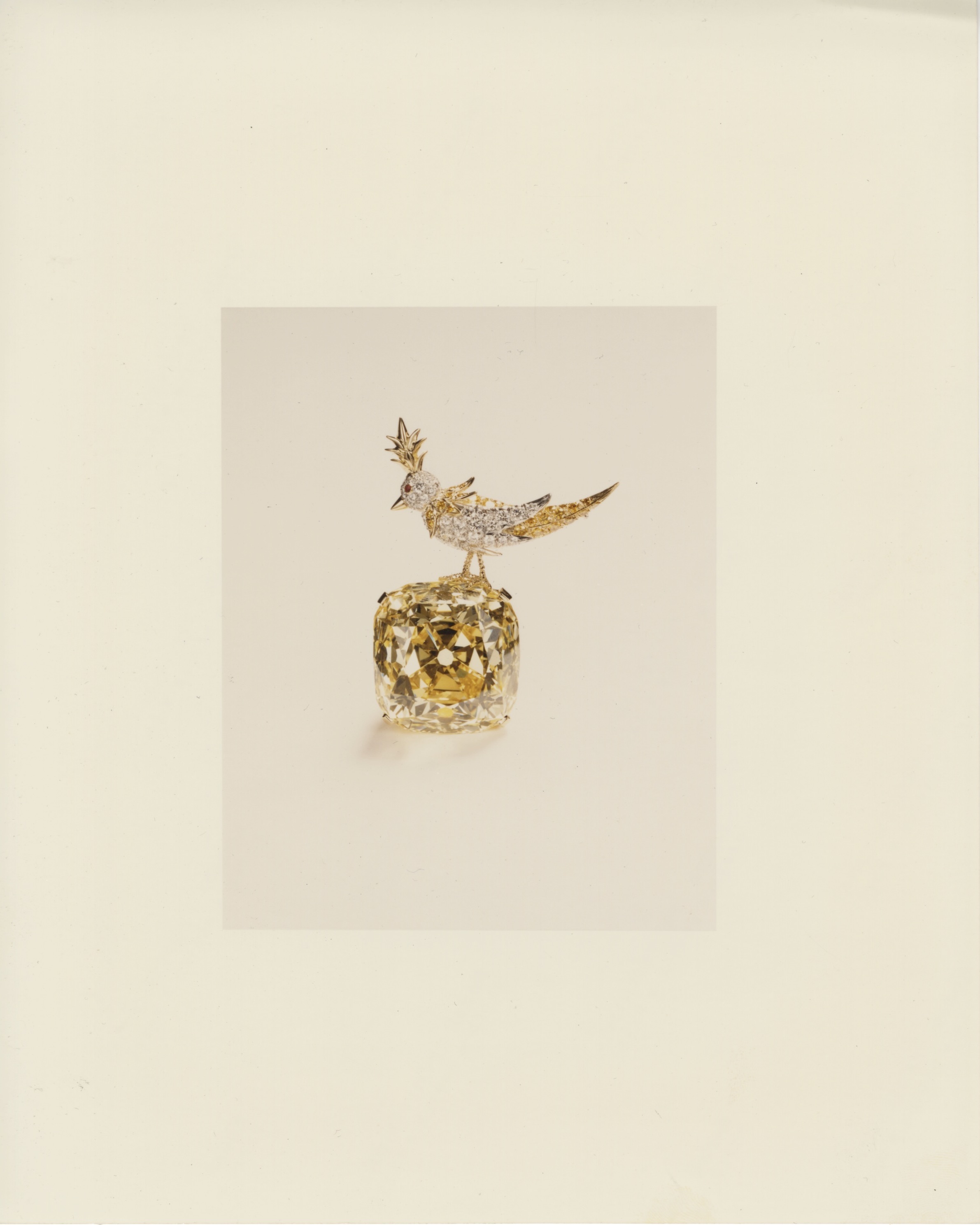

In 1956, legendary designer Jean Schlumberger joined the Tiffany & Co. team, ushering in a new chapter for the jeweler. His whimsical designs are beloved for their imaginative use of natural diamonds and bright, vivid gemstones. With his playful and otherworldly interpretations of nature’s wonders, Schlumberger’s mesmerizing pieces take on the form of birds flying in the great blue sky and fish swimming through the depths of the great blue ocean.
Schlumberger cut his teeth making surrealist buttons and costume jewelry for fashion designer Elsa Schiaparelli, rummaging through Parisian flea markets for Meissen porcelain floral motifs. But just as his career in Paris began to take off, he was called to serve the French forces in World War II. Upon his homecoming, Schlumberger decided to move to New York City to open his very own jewelry salon. In 1956, Tiffany chairman Walter Hoving struck gold when he discovered the self-taught French-born jewelry designer and brought him on board.
Known for his keen admiration for nature, Schlumberger found inspiration in the flora and fauna he encountered on his travels through Bali, Asia, and the Caribbean, crafting baubles replicating sea creatures, flowers and more. But it was a yellow cockatoo he sighted outside of his home in Guadeloupe that changed everything. Schlumberger dreamt up a whimsical pavé diamond feathered creature with sapphires for eyes, daintily perched upon a large gemstone. His debut iteration included the signature diamond bird sitting on a large light brown topaz. Schlumberger first sketched the famed Bird on a Rock in 1965, the whimsical design has long since taken flight as one of Tiffany & Co.’s most iconic creations—still soaring through red carpets galore.
Elsa Peretti


Few jewelers have permeated the zeitgeist quite as dramatically as Elsa Peretti. A tastemaker and trendsetter, the Italian model-turned-jewelry designer joined forces with Tiffany & Co. in September of 1974 and is responsible for some of the jeweler’s most memorable designs.
“Based on shared ideals of inventiveness and obsession with craft, Peretti was able to create an extraordinary universe of groundbreaking designs that changed the course of Tiffany’s history and continues to resonate to this day,” said Anthony Ledru, the brand’s President and CEO. “Elsa has been one of our most beloved and important designer collaborators for 50 years. Her designs are as modern today as ever—a true testament to her artistic vision and genius.”
In September 2024, the New York jewelry house celebrated 50 years since Peretti burst onto the scene, forever transforming the world of jewelry. To mark the milestone, the house paid tribute to her enduring legacy with special anniversary creations showcasing her iconic design language, elevated with natural diamonds. Reissuing some of Peretti’s most beloved icons throughout 2024 and 2025, Tiffany is offering rare Bone cuffs, handset with pavé diamonds, as well as her Open Heart, Starfish, Bean design, Scorpion, Amapola designs, and more.
Paloma Piccaso

Paloma Picasso’s first Tiffany & Co. collection launched in 1980. The daughter of artists Pablo Picasso and Françoise Gilot, Paloma Piccaso found inspiration in the graffiti on New York City buildings during the 1970s. The Paloma’s Graffiti collection reimagines street art as jewelry, set in precious materials.



